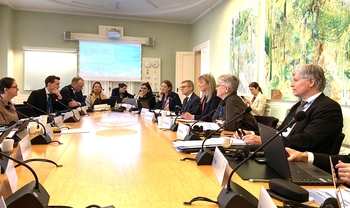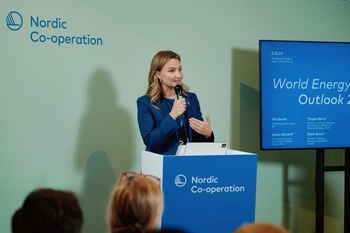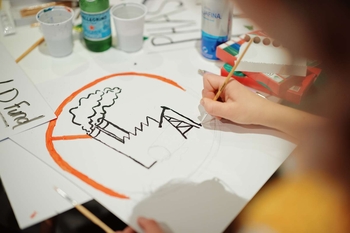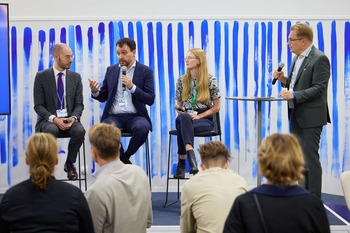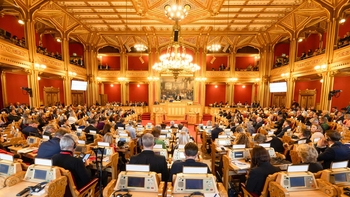Carbon farming can help solve climate change
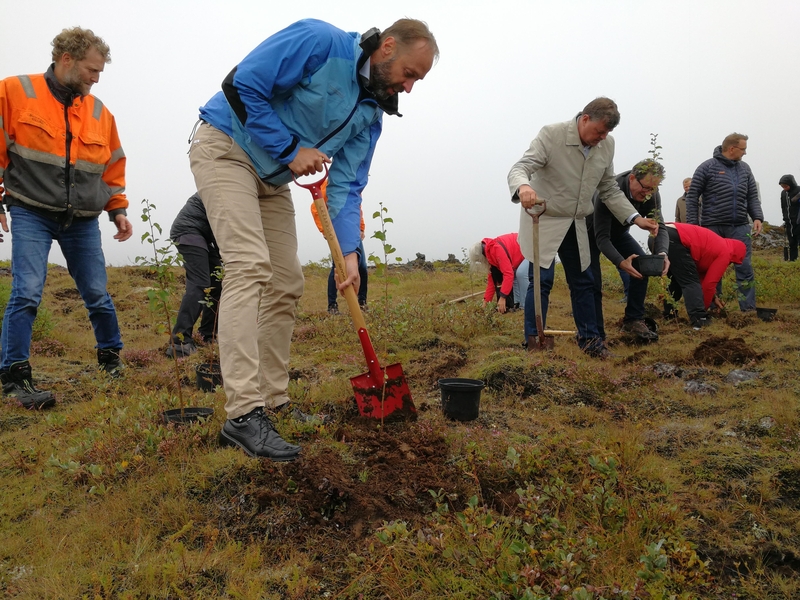
“We need to work with our farmers and landowners to reduce emissions and increase the binding of carbon dioxide in the ground. Here in Iceland, our focus is on planting forests to store carbon dioxide and prevent erosion, and creating new wetlands,” says Iceland’s Minister of Fisheries and Agriculture Kristján Þór Júlíusson.
Agriculture can help to process carbon dioxide
Food production and its climate impact have assumed particular immediacy since the UN Intergovernmental Panel on Climate Change released its report on global land use a few weeks ago.
In the climate debate, farming often bears a good deal of responsibility for emissions that are harmful to the climate, primarily from meat production. However, it has been identified that farmers have an opportunity to offset their emissions by way of changes to land use.
Two-fold benefits
When carbon is stored in carbon sinks in arable land and woodland, the amount of carbon dioxide in the atmosphere is reduced. More carbon in the soil also makes it more fertile, which is good for meeting increased demands for food.
Although the potential for storing carbon in the ground varies widely between soil types, it can be influenced through different ways of using the land.
If farmers plough less, vary crop rotations, leave crop residues, and leave the ground permanently covered with vegetation, they can help to absorb much more carbon dioxide than they do today.
The Nordic countries want to bind more carbon to the soil
Increased carbon binding is already included in the plans of all the Nordic countries to help them become carbon neutral.
In accordance with the Paris Agreement, they each measure and report their annual carbon stocks in various land types, including woodland, arable land, and pasture.
“In Norway, we’ve already concluded an agreement with the agricultural sector to reduce carbon dioxide by five million tonnes by 2025. Binding carbon to the soil can help us to achieve this. It’s important to take a step further in developing the methodology, and I hope this is something we can work together on in the Nordic Region,” says Norway’s Minister of Agriculture and Food Olaug Vervik Bollestad.
The ministers offset the carbon for their meeting
In Iceland, swathes of land are vulnerable to erosion and various projects are underway to conserve the soil so that it can function as a carbon sink.
The ministers have decided to explore the potential of a joint research programme to explore measures that might be effective and viable in the Nordic Region.
During their meeting, the ministers planted a number of trees to compensate for their flights to the meeting.
